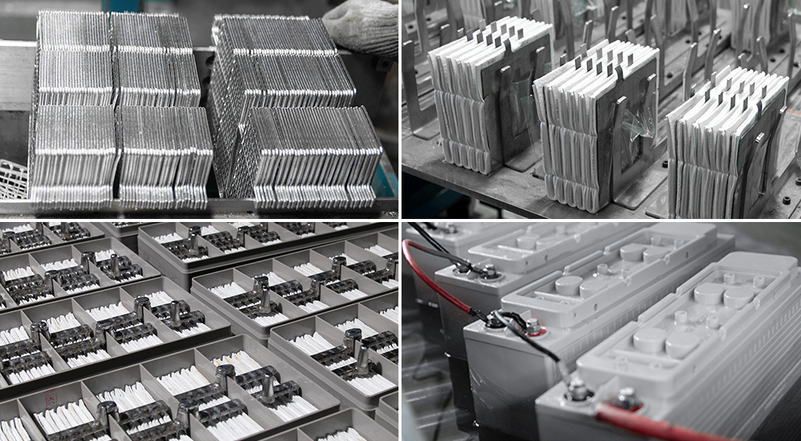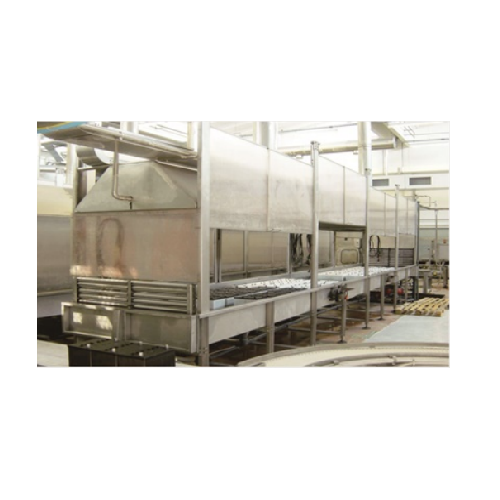How to select the right battery separator
- By: JinHan
- Jan 15,2024
follow us
Selecting the right battery separator is essential to ensure the performance and safety of your battery. Battery separators are crucial components that prevent the short-circuiting of a battery by separating the positive and negative electrodes while allowing the flow of ions. Here are some key factors to consider when choosing a battery separator:
Battery Type and Application: Determine the type of battery you are using (e.g., lead-acid, lithium-ion, nickel-metal hydride) and the specific application (e.g., automotive, consumer electronics, renewable energy storage) for which the separator is intended. Different batteries and applications may require different types of separators.
Material: Battery separators are commonly made from materials like polyethylene (PE), polypropylene (PP), and other polymer materials. The choice of material can impact the separator's properties, such as thermal stability and chemical resistance. Select a material that aligns with the requirements of your battery and application.
Thickness: The thickness of the separator can affect the battery's performance. Thicker separators may provide better mechanical stability but can increase internal resistance, potentially reducing the battery's efficiency. Thinner separators can reduce resistance but may be less durable. Choose the appropriate thickness for your specific battery and application.
Pore Structure: The pore structure of the battery separator impacts ion conductivity. Look for separators with a well-defined and uniform pore structure, which can improve battery performance and longevity. An ideal separator should have pores that allow for efficient ion transport.
Heat Resistance: Consider the temperature conditions your battery will operate in. Choose a separator with adequate heat resistance to prevent thermal degradation or melting, especially in high-temperature environments.
Electrolyte Compatibility: Ensure that the battery separator is compatible with the electrolyte used in your battery. Incompatible materials can lead to chemical reactions that can compromise the battery's performance and safety.
Safety Features: Some separators come with safety features such as flame retardancy to enhance the overall safety of the battery. Consider the safety requirements of your application and choose a separator accordingly.
Manufacturing Process: The manufacturing process of the battery separator can influence its quality. Select separators from reputable manufacturers with a track record of producing high-quality components.
Regulatory Compliance: Ensure that the battery separator meets relevant industry and safety standards. Compliance with standards like UL (Underwriters Laboratories) can be a good indicator of quality and safety.
Cost: While cost is a factor, it should not be the sole deciding factor. Investing in a high-quality separator is essential for the performance and safety of your battery. Consider the long-term benefits in terms of battery life and performance.
Choosing the right battery separator is a critical decision in battery design and manufacturing. Taking the time to evaluate the above factors and consulting with experts can help you make an informed choice that meets your performance, safety, and cost requirements.

 English
English Russian
Russian Portuguese
Portuguese Arabic
Arabic Bangla
Bangla Indonesian
Indonesian








